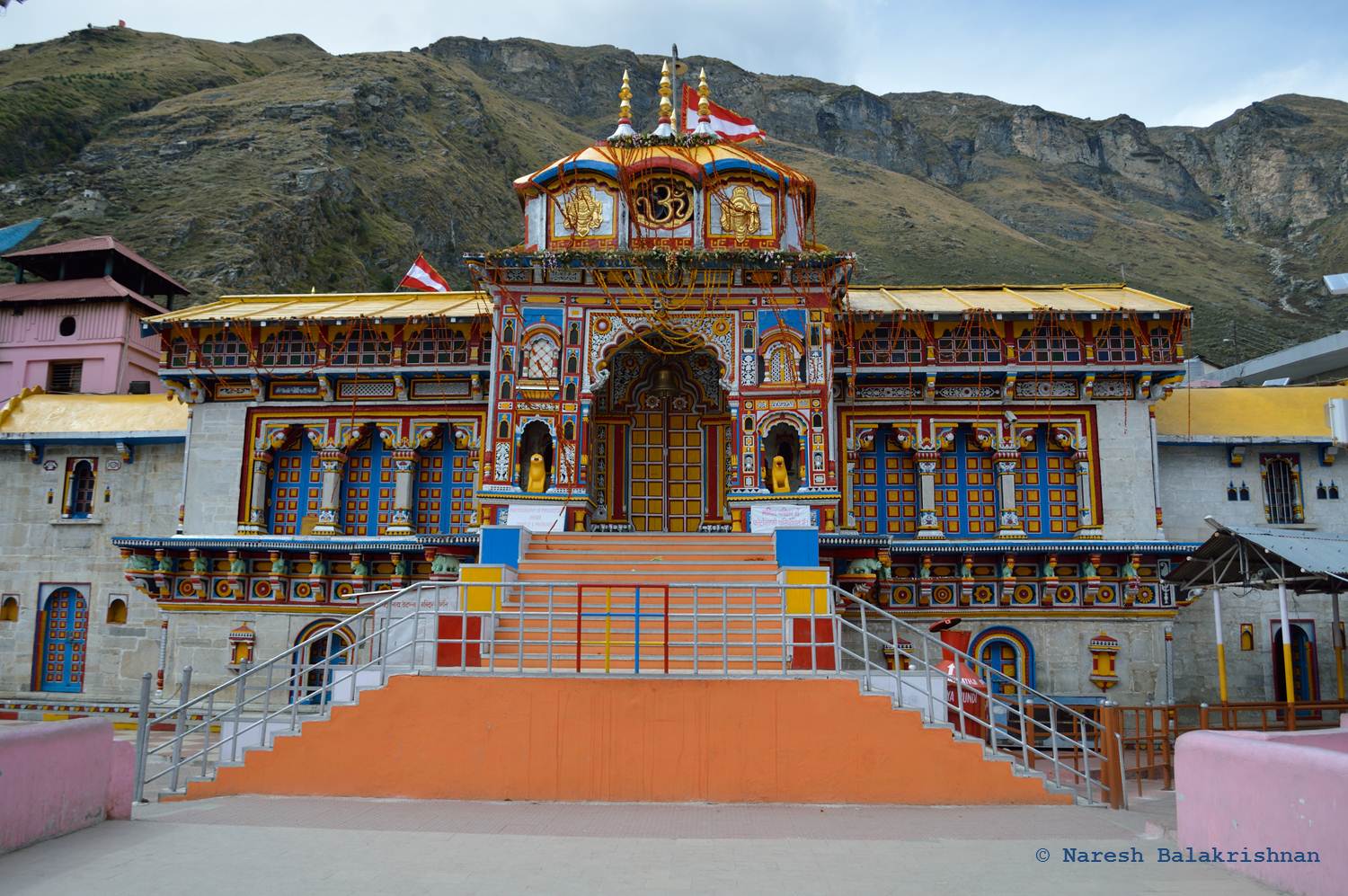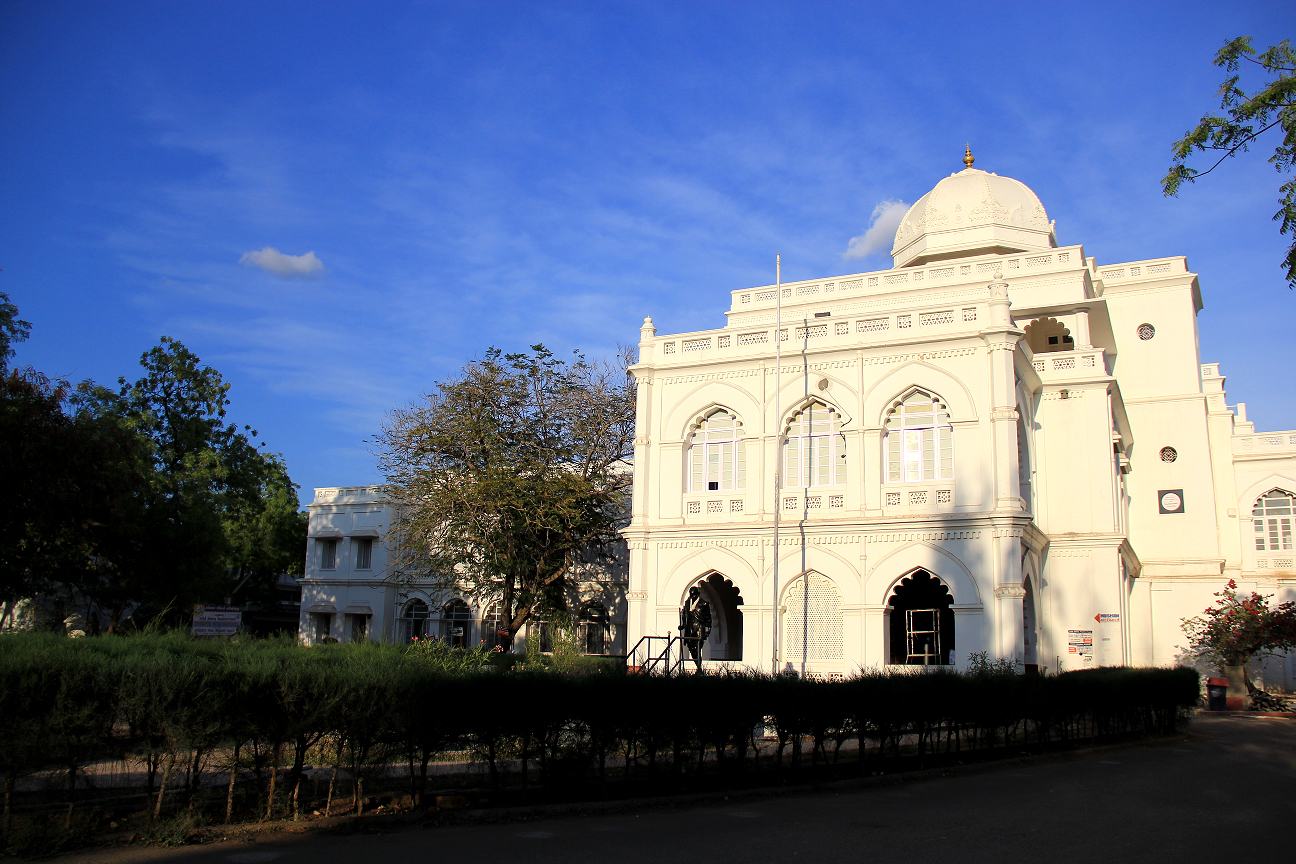The Ramanathaswamy Temple stands as a profound testament to the intricate tapestry of Hindu spirituality and architectural brilliance. Located on the sacred island of Rameswaram in Tamil Nadu, this temple is more than a mere structure—it is a living narrative of divine mythology, historical resilience, and cultural continuity.
At the heart of this sacred space lies the legendary story of Lord Rama, who, after his triumphant battle against Ravana, sought spiritual cleansing by establishing a Shivalinga. Unable to wait for Hanuman's return with a lingam from Kailash, Sita herself crafted a sand lingam that Rama reverently installed and worshipped. This moment encapsulates the temple's profound spiritual significance, marking it as one of the twelve Jyotirlingas and a crucial site in the revered Char Dham pilgrimage.
The temple's architectural magnificence reflects centuries of cultural evolution and royal patronage. Emerging from its foundational roots in the 10th century, the temple's construction truly began during the Pandya dynasty's reign in the 12th century. Successive empires—the Cholas, Vijayanagara, and Nayaks—contributed to its expansion, each leaving an indelible mark on its structure and spirit. The Setupati rulers, particularly Dalavai and Muthuramalinga Setupati, played instrumental roles in enhancing its grandeur, with Muthuramalinga's construction of the Chokkattan Mandapam standing as a remarkable architectural innovation.
Dravidian architectural principles manifest magnificently within the temple's expansive 15-acre complex. The towering Rajagopuram, stretching 53 meters high, is adorned with intricate carvings depicting episodes from Hindu mythology. Its corridors are a marvel of engineering and artistry, featuring 1212 pillars, each standing approximately 30 feet tall, constructed using sophisticated sandstone techniques that have withstood centuries of environmental challenges. These architectural elements are not merely structural but serve as silent narrators of spiritual and cultural histories.
The temple's spiritual landscape is rich with symbolic significance beyond its physical structure. Twenty-two sacred teerthams (ponds) invite devotees to participate in ritualistic cleansing, while unique spaces like the Chokkattan Mandapam host divine ceremonies. The eternal flame of Agni Theertham burns as a perpetual symbol of spiritual energy, connecting the mortal realm with divine consciousness. Legends of floating stones from Ram Setu and miraculous occurrences continue to captivate both devotees and curious observers.
Ramanathaswamy Temple transcends religious boundaries, serving as a unifying space for Shaivites, Vaishnavites, and Smartas. Its historical significance extends beyond religious practices, reflecting complex socio-political interactions. Rulers from Sri Lanka, including Parakrama Bahu and Nissanka Malla, contributed to its development, demonstrating the temple's broader cultural resonance. Restoration efforts by figures like Muthuirullappa Pillai during the Setupati reign ensured the preservation of this remarkable spiritual heritage.
The temple's contemporary relevance remains profound. It continues to attract devotees, historians, and architectural enthusiasts from across the globe. Its accessibility through nearby transportation networks and its rich multilayered narrative make it a compelling destination. Each visitor walks through corridors that whisper ancient secrets, experiencing a tangible connection to mythology, history, and spiritual tradition.
In essence, Ramanathaswamy Temple represents more than a religious site—it is a living manuscript of human spiritual experience. Its stones carry stories of divine intervention, royal patronage, architectural brilliance, and unbroken cultural continuity. From the mythological tale of Rama's spiritual quest to the intricate carvings that adorn its walls, the temple stands as a timeless beacon of Hindu spiritual and cultural heritage, inviting exploration, reverence, and wonder.








